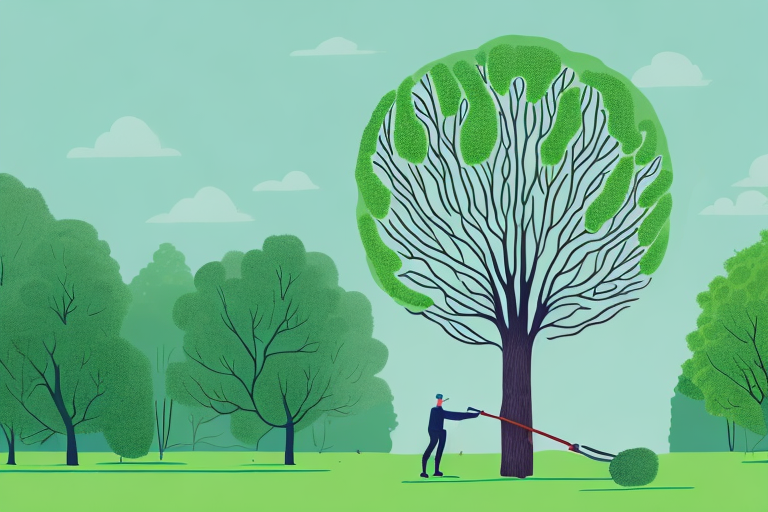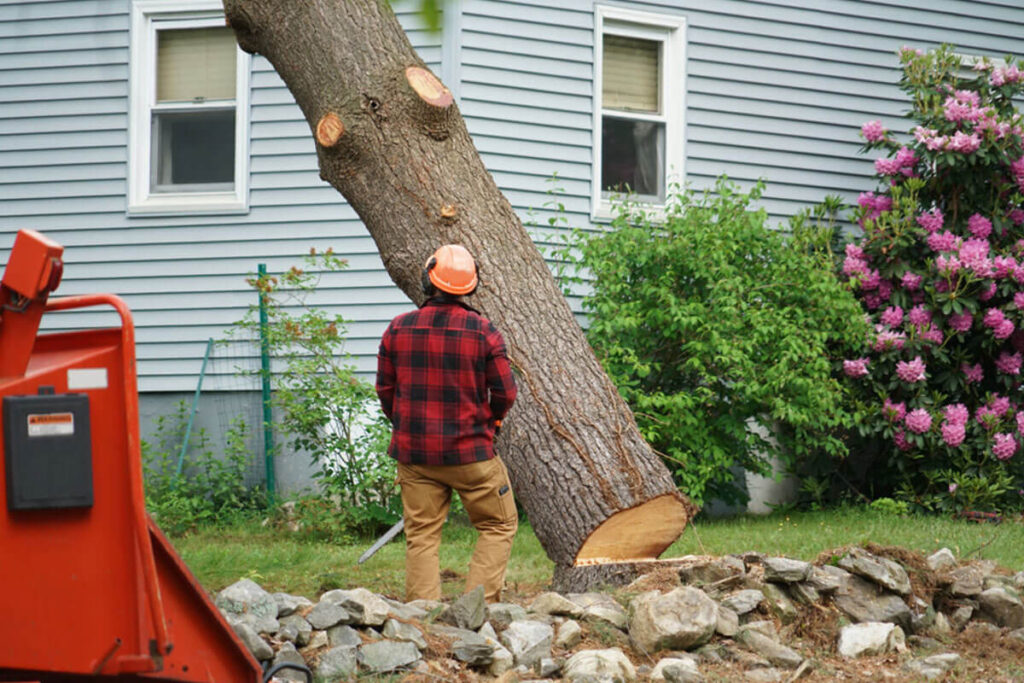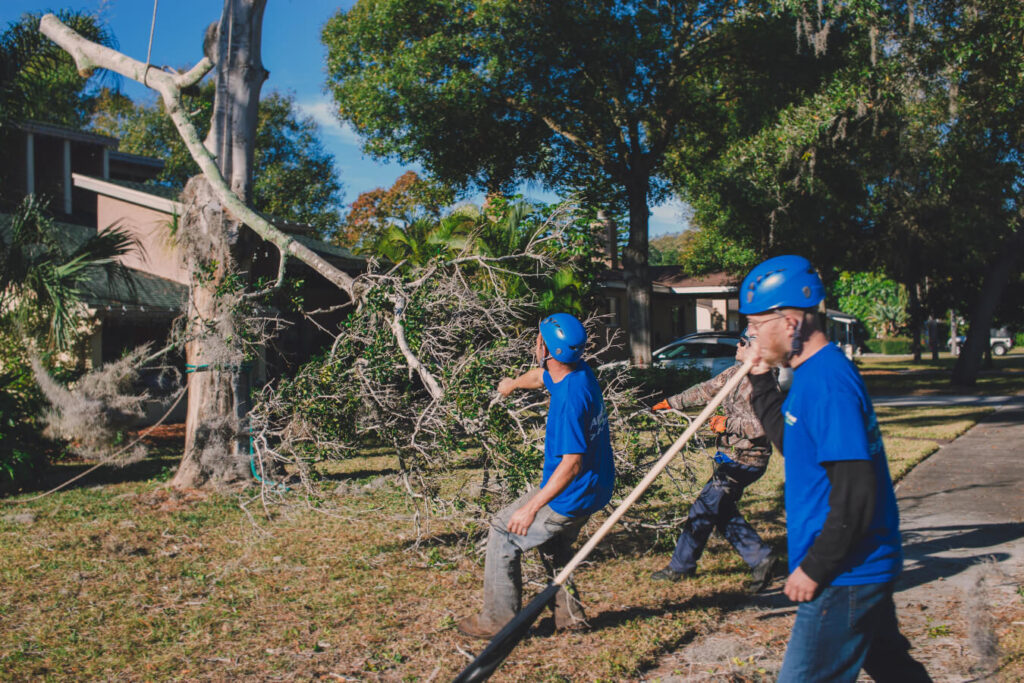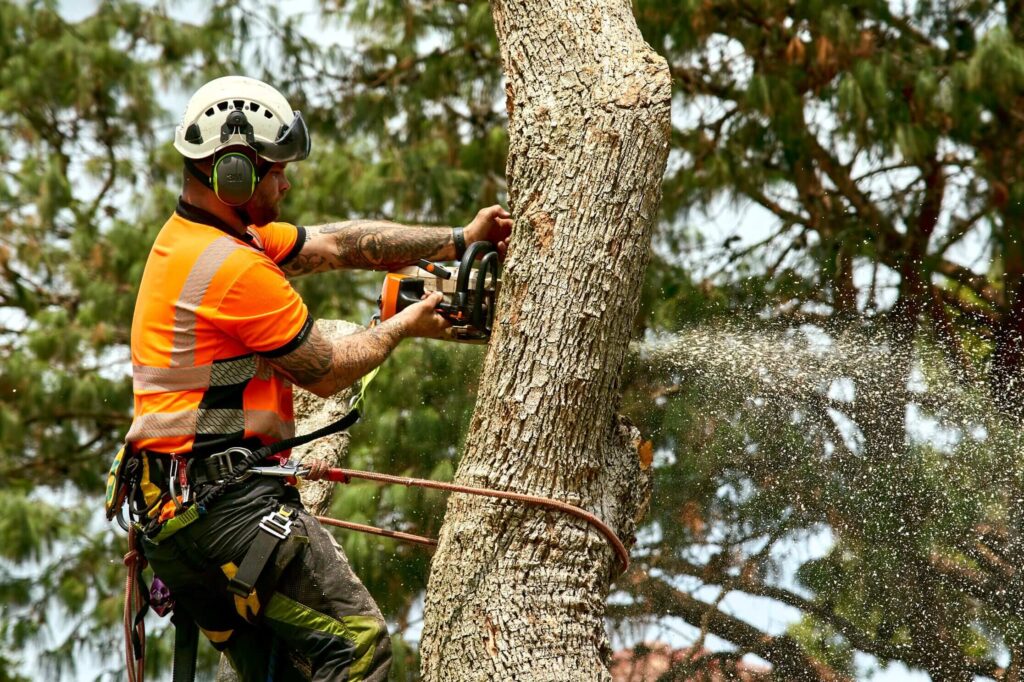In the Inner West region, tree removal plays a crucial role in creating safer and greener spaces for the community. Understanding the importance of tree removal is essential for balancing urban development and natural preservation. Thankfully, there are processes in place to ensure that tree removal is done responsibly and with consideration for the environment.
Understanding the Importance of Tree Removal
Urban development often comes at the cost of natural habitats. As cities expand and infrastructure grows, trees can become obstacles that need to be removed. However, it is crucial to strike a balance between development and preserving the natural environment. Tree removal Inner West should not be seen as a negative act but as a necessary step to create safer and more sustainable living spaces.
Balancing Urban Development and Natural Preservation
Inner West is known for its vibrant communities and lush green spaces. The region’s authorities understand the importance of preserving these natural resources. They work tirelessly to strike a balance between urban development and natural preservation. Tree removal is an integral part of this process, ensuring that the vitality and beauty of the area are maintained. Learn more about enhancing safety and aesthetics with North Shore tree removal services.
Preserving the natural environment in urban areas is essential for several reasons. Firstly, trees provide numerous environmental benefits. They help improve air quality by absorbing harmful pollutants and releasing oxygen. Trees also play a crucial role in mitigating the effects of climate change by reducing the urban heat island effect and sequestering carbon dioxide. By carefully removing trees that hinder urban development, authorities can create space for new green areas and plant more suitable tree species that will thrive in the urban landscape.

Furthermore, urban development often requires the construction of new infrastructure, such as roads and buildings. Tree removal becomes necessary to accommodate these developments while minimizing their impact on the existing natural environment. By carefully planning and implementing tree removal strategies, authorities can ensure that the loss of trees is mitigated by the creation of new green spaces and the planting of replacement trees in suitable locations.
Safety Concerns Related to Overgrown and Diseased Trees
Overgrown and diseased trees pose a significant safety risk to both people and property. Their branches can break and fall, especially during severe weather conditions. The removal of such trees is essential to prevent accidents and property damage. It is vital to identify these trees promptly and take appropriate action to ensure the safety of the community.
Regular tree inspections and maintenance programs are crucial in identifying and addressing potential safety hazards. Trained arborists can assess the health and structural integrity of trees, identifying signs of disease, decay, or instability. By proactively removing hazardous trees, authorities can prevent potential accidents and protect the well-being of residents and visitors.
Moreover, removing overgrown trees can also enhance the aesthetic appeal of urban areas. Overgrown trees can obstruct views, block sunlight, and create a sense of overcrowding. By strategically removing such trees, authorities can open up vistas, improve natural lighting, and create a more pleasant and inviting urban environment.
It is important to note that tree removal should always be carried out responsibly and in accordance with local regulations. Authorities should prioritize the preservation of mature and healthy trees while removing those that pose a genuine risk to safety and the overall well-being of the community.
The Process of Tree Removal in Inner West
The process of tree removal in the Inner West follows a systematic approach to ensure efficiency and minimal disruption to the surroundings.
Tree removal in the Inner West is a complex and meticulous process that requires the expertise of arborists. These professionals are responsible for identifying trees that need to be removed and ensuring that the process is carried out safely and responsibly.
Identifying Trees for Removal
Expert arborists are responsible for identifying trees that need to be removed. They conduct thorough assessments, considering factors such as tree health, structural integrity, and the impact on surrounding infrastructure. Only trees that pose a risk to safety or hinder development are selected for removal.
During the assessment, arborists carefully inspect the trees, looking for signs of decay, disease, or structural weakness. They also consider the tree’s location and proximity to buildings, power lines, and other structures. By taking all these factors into account, arborists can make informed decisions about which trees should be removed.
Furthermore, arborists also consider the ecological impact of tree removal. They assess the tree’s role in the local ecosystem, including its contribution to air quality, shade, and habitat for wildlife. If the removal of a tree could have a significant negative impact on the environment, arborists explore alternative solutions, such as pruning or tree preservation techniques.

The Role of Arborists in Tree Removal
Arborists play a vital role in the tree removal process. They have the knowledge and expertise to safely and responsibly remove trees. Arborists carefully plan each removal, considering factors such as the tree’s location, surrounding structures, and potential hazards. Their skills ensure that the process is carried out efficiently, with minimal impact on the environment.
Prior to the actual removal, arborists may need to obtain permits or permissions from local authorities, especially if the tree is protected or located in a conservation area. They also take into consideration any legal requirements or regulations that govern tree removal in the Inner West.
Once the necessary preparations are made, arborists employ various techniques to remove the tree. Depending on the size and location of the tree, they may use climbing equipment, cranes, or specialized machinery to safely bring it down. Arborists are trained in the proper use of these tools and techniques, ensuring that the tree is removed without causing damage to nearby structures or endangering anyone’s safety.
After the tree is removed, arborists also handle the disposal of the tree debris. They may chip the branches and limbs for mulch or arrange for the transportation and recycling of the wood. This ensures that the removed tree is utilized in an environmentally friendly manner.
In conclusion, the process of tree removal in the Inner West is a comprehensive and well-planned endeavor. Arborists play a crucial role in identifying trees for removal and executing the removal process with utmost care and precision. Their expertise ensures that tree removal is carried out efficiently, while also considering the ecological impact and minimizing disruption to the surroundings.
Environmental Impact of Tree Removal
While tree removal is necessary at times, it is crucial to mitigate any negative effects on the local ecosystem. Efforts are made to minimize the environmental impact and to promote sustainable practices.
Tree removal, although sometimes necessary for various reasons such as safety concerns or land development, can have significant impacts on the local ecosystem. The removal of trees disrupts the natural habitat of many species, including birds, insects, and small mammals, which rely on trees for shelter and food. It also affects the overall biodiversity of the area, as trees play a vital role in providing a home for a wide range of plant and animal species.
However, steps are taken to restore the impacted area after tree removal. This involves replanting native trees and plants to maintain the ecological balance. Native species are preferred because they are better adapted to the local climate and soil conditions, ensuring their long-term survival. By replanting, the ecosystem can gradually recover and regain its natural balance.
Additionally, the disposal of removed trees is done responsibly, taking into consideration environmental considerations. Instead of simply discarding the trees, they can be recycled and repurposed. The wood from the removed trees can be used for various purposes, such as crafting furniture or building materials. Recycling the wood not only reduces waste but also minimizes the need for harvesting new trees, thus conserving natural resources.
Mitigating Negative Effects on Local Ecosystems
After tree removal, efforts are made to mitigate the negative effects on the local ecosystems. One approach is to create buffer zones around the cleared areas. These buffer zones act as a transition between the impacted area and the surrounding natural habitat, providing a safe corridor for wildlife to move through. This helps to minimize the disruption to their natural movements and ensures their continued access to food and shelter.
Furthermore, the removal of trees can result in increased soil erosion, especially in areas with steep slopes. To prevent this, erosion control measures such as the installation of erosion control blankets or the planting of ground cover vegetation are implemented. These measures help to stabilize the soil, reduce erosion, and promote the growth of new vegetation.

Tree Replacement and Reforestation Efforts
In order to compensate for the loss of trees, tree replacement and reforestation efforts are undertaken in the Inner West. This ongoing commitment ensures that the green spaces are continually replenished, contributing to a greener and more sustainable environment.
Tree replacement involves planting new trees in areas where trees have been removed. Care is taken to select appropriate tree species that are well-suited to the local conditions and can thrive in the long term. This helps to recreate the canopy cover and restore the ecological functions that were lost due to tree removal.
Reforestation efforts go beyond tree replacement and aim to restore entire forest ecosystems. This involves planting a diverse range of tree species, including both native and non-native species, to enhance biodiversity and create resilient ecosystems. Reforestation projects often involve community participation, with volunteers and local organizations coming together to plant trees and restore degraded areas.
By undertaking tree replacement and reforestation efforts, the Inner West is actively working towards creating a sustainable and thriving environment. These initiatives not only help to offset the environmental impact of tree removal but also contribute to the overall health and well-being of the local community.
Regulations and Guidelines for Tree Removal in Inner West
Tree removal in the Inner West is governed by regulations and guidelines to protect the environment and ensure responsible practices are followed.
Necessary Permits and Approvals
Prior to tree removal, property owners must obtain the necessary permits and approvals. These regulations help manage and control the removal process, ensuring that all necessary precautions are taken into account.
Compliance with Local and National Environmental Laws
Compliance with local and national environmental laws is of utmost importance during the tree removal process. It ensures that necessary steps are followed to protect the ecosystem, wildlife, and the overall well-being of the community.
The Future of Green Spaces in Inner West
Creating safer and greener communities requires active involvement from individuals and the community as a whole. Urban greening initiatives are at the forefront of ensuring a sustainable future for the Inner West region.
Community Involvement in Urban Greening Initiatives
Engaging the community in urban greening initiatives is essential. Community members can participate in tree planting programs, community gardens, and environmental education initiatives. Such involvement fosters a sense of ownership and responsibility, creating a stronger connection between the community and the green spaces around them.
Innovations in Urban Forestry and Landscape Design
As we move forward, innovations in urban forestry and landscape design will play a significant role in creating safer and greener spaces. Technologies such as vertical gardens, green roofs, and sustainable drainage systems are revolutionizing urban landscapes. Implementing these innovations in the Inner West will enhance the region’s environmental sustainability while providing a thriving and beautiful living environment for its residents.
In conclusion, tree removal in the Inner West is a crucial step towards creating safer and greener spaces. By understanding the importance of tree removal, following regulations and guidelines, and actively participating in urban greening initiatives, we can ensure the sustainability and well-being of our communities for generations to come.

